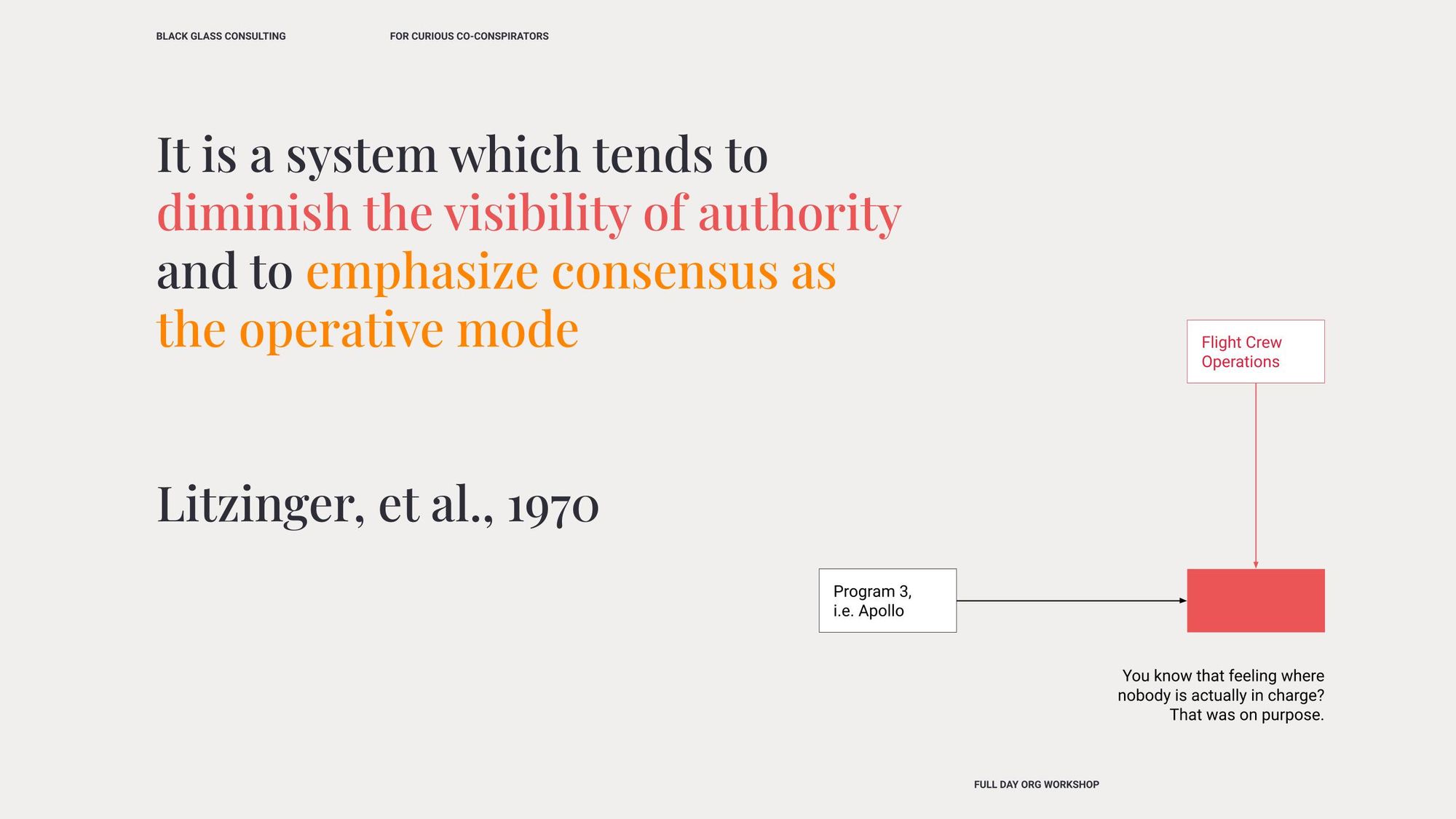The Matrix Design Canvas
A tool that helps managers and individual contributors design systems that get better performance out of dual-reporting roles.

For employees and managers in matrixed roles, life is hard.

That's because consensus is hard, and the whole dual-reporting thing was designed around consensus.

But in general, managers tend to focus on the individual, rather than the system.
What’s going on with so-and-so? Why can’t they keep up?
So we might start with role definition and performance improvement. We could fill out something like the role description below, and hope that things get better.

But what contributes to good performance in a matrix is less about the individual, and more about the ecosystem of goals, incentives, relationships that surround them.
What instructions is the individual receiving? Are those instructions aligned? If not, what happens?
In practice, the immediate relationship between functional requirements (e.g. “what do we think 'good' looks like") and business outcomes (e.g. “did the campaign perform to expectations”) matter most but often aren’t designed with intention.
NB: my usual preference would be to reconfigure the working group into a series of real teams, rather than sticking with a matrix, but that's not always practical or possible.
Enter: the Matrix Design Canvas.

The Canvas is a tool for design, and can be used by managers and individual contributors alike, either to improve their own situation, or to help someone else.
How to use it
- Current State: Fill in the canvas based on your best understanding of how things work today, using stickies or text fields in your preferred working environment. Get the truth out there, no matter what you think of it.
- Find the Gaps: In almost every Current State, you’ll find some gaps. A missing or unclear expectation; a broken relationship; goals and incentives that are out of alignment.
- Reflect: How does the current state of the system drive individual performance (positively and negatively)? What might need to change?
- Adjust: Using a new color of sticky-note or text, capture what will need to change in order to get more of the performance that you want. The canvas will make your next steps obvious.
Glossary
Line Manager
This will usually be a business or P&L leader, and come in many variations. These individuals usually give direct instructions to the matrixed role, and drive their day-to-day activities.
Staff Manager
This will usually be a function, capability, or department leader, like HR, Insights, or Design. These individuals usually don’t direct the activities of the person in the matrixed role, but influence how they show up.
Key Meetings
These are the forums where the managers align with their peers and leaders. For Staff Managers, these will typically look like meetings to set or improve standards, or to give input on the work of a given team. For Line Managers, these will be sessions that drive the business plan, or integrate the activities of various BUs, departments, or capabilities. Meetings or other similar milestone-like-objects tend to drive a lot of the day-to-day experience for managers' direct reports.
Next Level Up
These are the folks that the Managers report to.
North Star
Instead of using a word like “Purpose” or “Mission,” which might be documented for some roles and not others, “North Star” is the thing that creates direction for an individual.
Further Reading




Comments